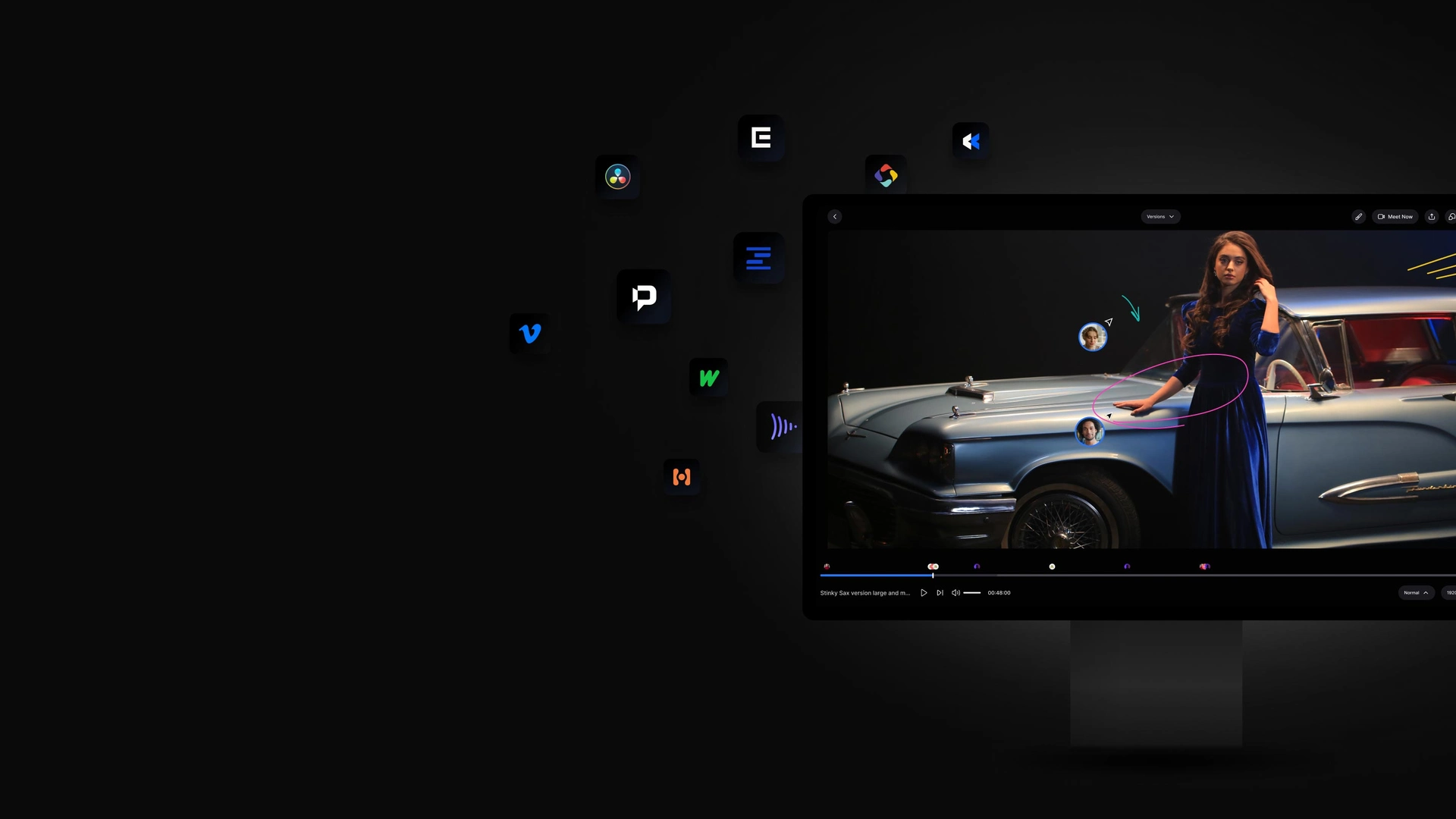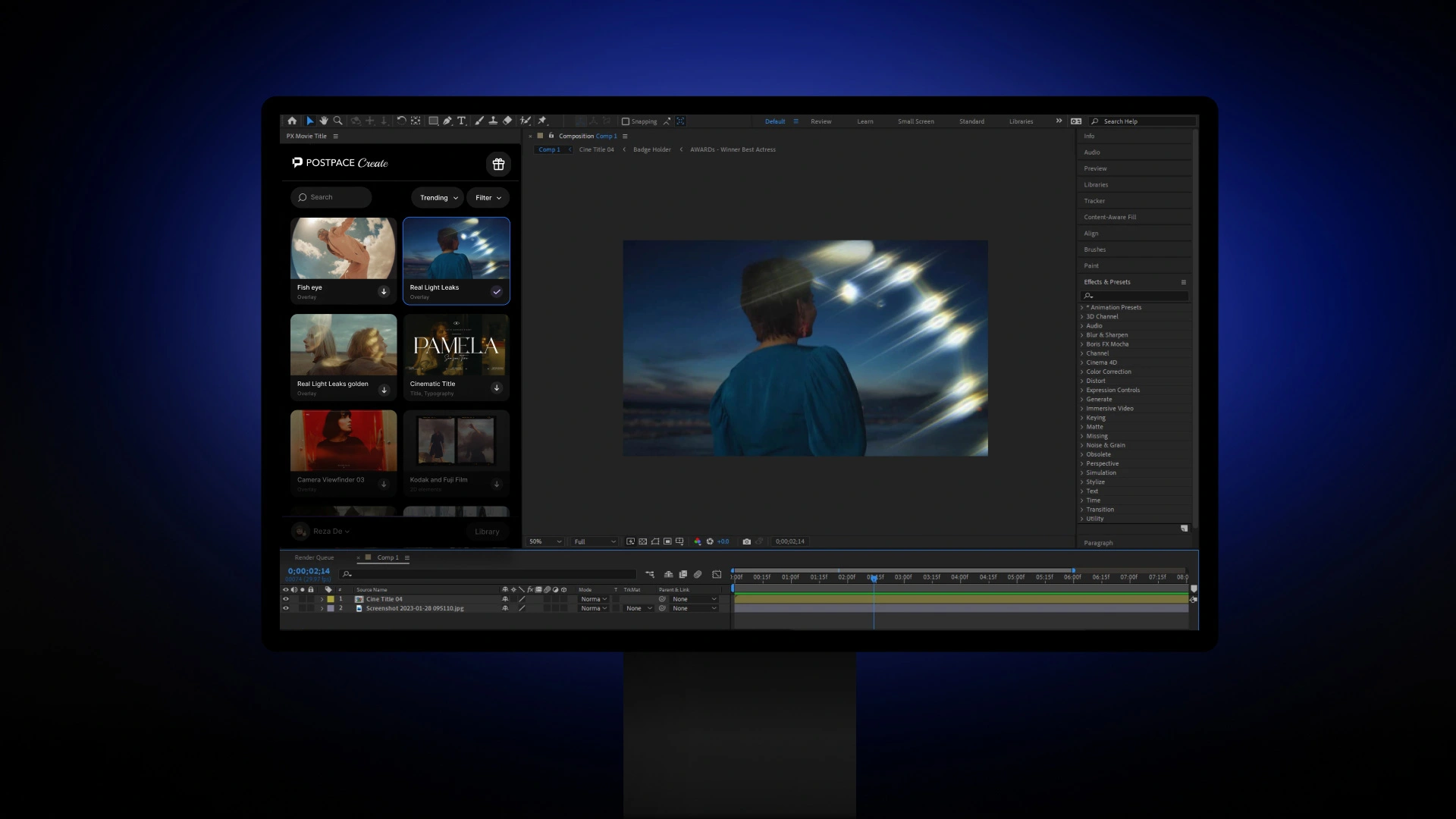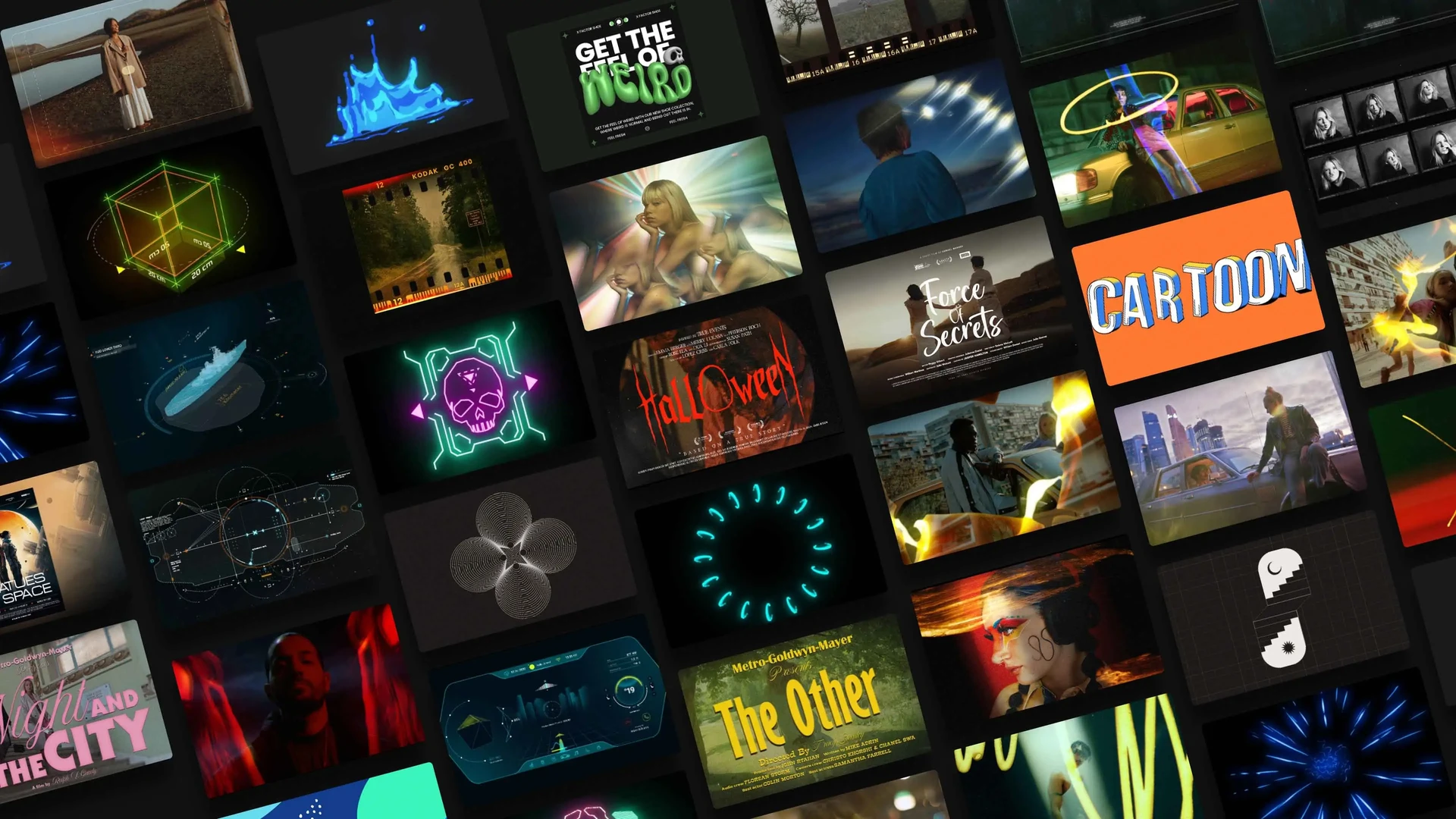Defining Rec. 709 – The Core HD Color Standard

Specifically, Rec. 709 defines a color space with RGB primary colors, a gamma of 2.4, and 8 bits per channel, supporting 16.78 million possible colors. This expanded color gamut covers approximately 99.9% of the colors the human eye can perceive, allowing vibrant and accurate color reproduction within the HD and UHD gamuts. In fact, Rec. 709’s color gamut only encapsulates 35.9% of the older NTSC color space for standard definition video. So it marked a major boost in potential image quality, color precision, and realism.
Dynamic range and Industry Standards
As an industry standard, Rec. 709 traces its origins back to a 1990 “Recommendation” published by the International Telecommunication Union (ITU), entitled “Parameter Values for the HDTV Standards for Production and International Exchange.” This document establishes the fundamental color encoding parameters for HD video. There have been subsequent revisions, but the core standards remain intact, forming the foundation for the incredible boom in high-definition TVs, broadcasting, Blu-ray, and streaming video over the past decades.
Use Cases – Where Rec. 709 is Indispensable

HDTVs and Computer Monitors
The vast majority of high-definition televisions, 4K UHD TVs, and full HD computer monitors rely on Rec. 709 to accurately display colors when viewing HD video content, digital photographs, games, vector illustrations, and all on-screen imagery. Whether in consumers’ living rooms or serving as critical production and post-production studio monitors, Rec. 709 ensures colors translate properly across an incredibly wide range of televisions and displays.
Blu-ray and Streaming Video Platforms
Major commercial HD, 4K, and 8K video formats, including Blu-ray discs, DVDs, broadcast television, Netflix, Hulu, Amazon Prime Video, YouTube, iTunes, Disney Plus, and countless other streaming platforms, rely on Rec. 709 color space encoding. This keeps movies, television shows, instructional videos, user-generated content, videogame cutscenes, and other video properly color balanced when viewed on Rec. 709 compliant televisions or re-encoded for streaming display on phones, tablets, laptops, and media players.
Digital Cameras and HD Video Cameras
Whether for digital photography, videography, or cinematography, most modern image-capturing devices either natively shoot footage in the Rec. 709 color space or offer it as an in-camera setting. This allows the cameras to capture high dynamic range and color hues that will closely translate to real-world colors when log footage is edited, color graded, processed with visual effects, and ultimately displayed on 709 consumer TVs or professional HD broadcast monitors.
Video Editing, Post, and Visual Effects
The Rec. 709 color gamut serves as the core standard across professional post-production applications like Avid Media Composer, Final Cut Pro, Premiere Pro, DaVinci Resolve, After Effects, and more. Visual effects artists, colorists, editors, and other post specialists rely on 709 log footage and timelines to achieve crucial color accuracy for tasks like color grading footage, composing computer-generated graphics, producing visual effects, removing backgrounds, and exporting final videos for HD broadcast, streaming, Blu-ray, or DVD delivery.
The Rise to Ubiquity – Why Rec. 709 Conquered Global Video

Rapid Consumer Adoption
As HD televisions rapidly improved and dropped in price in the early 2000s, consumer adoption skyrocketed. And as terms like “1080p” and buzz about enhanced color quality filtered into the mainstream, Rec. 709 served as the crucial color technology enabling this HD revolution. Television, streaming device, disc player, console, and monitor manufacturers rallied around 709 compatibility.
Industry consensus
Beyond just end-user equipment, major television, studio monitor, and projector manufacturers like Sony, Panasonic, Samsung, LG, Dolby, Barco, Canon, and more built 709 color calibration into their display technologies. This created true industry consensus around 709 as the HD color standard, forging confidence in interoperability all along the video production pipeline.
Broadcast Standards
Key HD television broadcast standards like ATSC and DVB wholeheartedly adopted Rec. 709 for encoding both over-the-air and cable/satellite signal characteristics. This meant that broadcasters could transmit HD video confidently, knowing it would display properly in consumers’ homes, unifying the production and transmission chains via Rec. 709 color parameters.
Digital Cinema and Streaming Video
Digital cinema cameras and post-production workflows utilized by Hollywood studios are also aligned with Rec. 709 for similar reasons as the linear broadcast industry. And as streaming emerged in the 2010s with Netflix, Amazon, and YouTube offering HD content, they too embraced 709 for image encoding across different displays.
Backward and Forward Compatibility
While ushering in far superior color performance compared to old standard definition televisions utilizing Rec. 601, content mastered in the 709 color space remained compatible with SD televisions. This aided adoption during the transition period. And 709 color data has retained forward compatibility as 4K UHD, OLED, QLED, and other advanced screen technologies have been introduced.
Core Imaging Infrastructure
Bolstered by factors like HDTV consumer demand, broadcasting standards, and digital cinema requirements, Rec. 709 slowly but surely evolved into a core part of the global video infrastructure. It has become embedded across video cameras, post-production gear, distribution channels, display devices, and more. Rec. 709 is now simply indispensable as both HD and UHD’s color standard.




